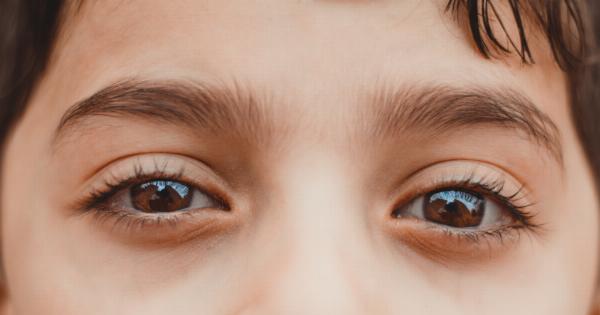Dry eye is a common condition that affects millions of people worldwide. While it may not be a life-threatening ailment, it can impact your quality of life and how well you can perform your daily tasks.
The symptoms of dry eye can range from mild to severe and may include eye redness, itching, irritation, and blurred vision. In this article, we will explore the causes and solutions for dry eye.
What Causes Dry Eye?
Dry eye is caused by a variety of factors. Some of the most common causes include:.
Age
As we age, our bodies produce less oil and tear fluid. This can result in dry eyes, particularly among older adults.
Medical Conditions
Medical conditions, such as diabetes, rheumatoid arthritis, and thyroid problems, can all contribute to dry eye. In some cases, medications used to treat these conditions can also cause dry eye, as they can interfere with tear production.
Contact Lens Wear
Contact lens wear can also cause dry eye, particularly if you wear them for long periods or do not clean them properly.
Environmental Factors
Environmental factors, such as indoor heating, air conditioning, and low humidity, can all contribute to dry eye. Exposure to wind, smoke, and certain chemicals can also cause dryness and irritation.
Solutions for Dry Eye
Fortunately, there are several solutions for dry eye that can help alleviate symptoms and improve your quality of life. Some of the most effective solutions include:.
Artificial Tears
Artificial tears are a common treatment for dry eye. These eye drops mimic the lubrication provided by natural tears and can help alleviate symptoms such as itching and irritation.
Lifestyle Changes
Simple lifestyle changes can also help alleviate dry eye symptoms. For example, taking frequent breaks when using computers or other digital devices can reduce eye strain and dryness.
Additionally, using a humidifier in your home can help maintain healthy moisture levels.
Prescription Medications
In some cases, prescription medications may be necessary to treat dry eye. These medications may include corticosteroids, which can help reduce inflammation and swelling, or antibiotics, which can fight infections that may contribute to dry eye.
Eye Rest
Resting your eyes and avoiding activities that may strain your eyes, such as reading or watching TV for extended periods, can give your eyes much-needed relief.
Conclusion
Dry eye is a common condition that can impact your quality of life. However, there are several solutions for dry eye that can alleviate symptoms and improve your eye health.
Whether you opt for lifestyle changes or prescription treatments, there are many options available to help you manage this condition and get back to enjoying your daily life with healthy, comfortable eyes.






























